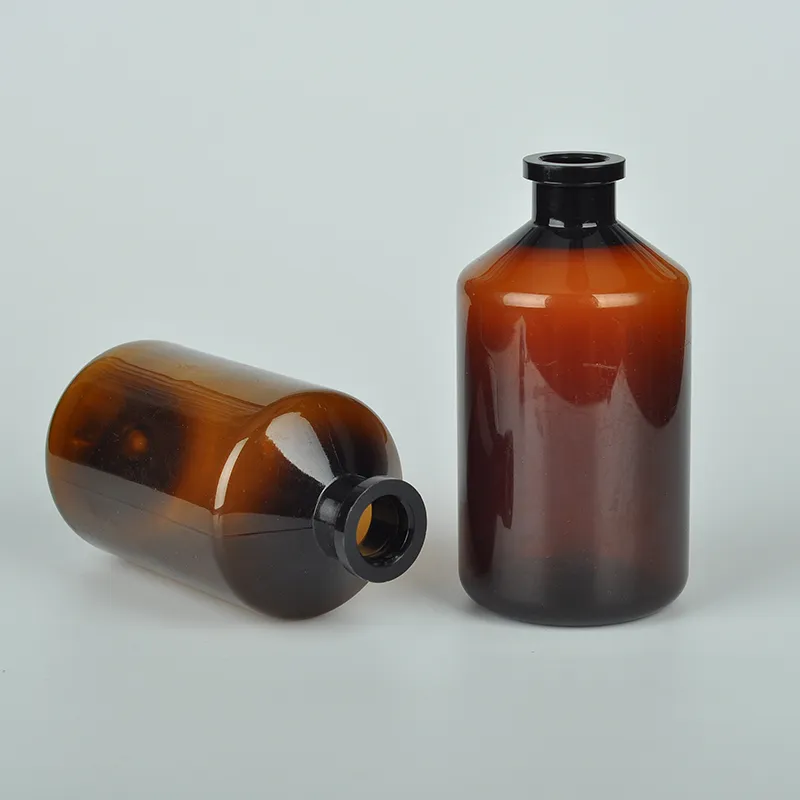Exploring Innovative Designs and Uses of Plastic Flip Top Vials for Packaging Solutions
The Rise of Plastic Flip Top Vials A Comprehensive Overview
In recent years, the packaging industry has witnessed significant transformation driven by the demands of convenience, safety, and sustainability. One innovation that has garnered attention is the plastic flip top vial. Known for their practicality and adaptability, these vials have become a popular choice across various sectors including pharmaceuticals, cosmetics, and food and beverage industries.
Plastic flip top vials are typically made from high-quality, durable plastic materials that ensure the integrity of the products contained within. Their design features a hinged lid that allows for easy access while also providing a secure closure. This design is particularly advantageous for products that require frequent use, as it eliminates the need for cumbersome caps that can be easily misplaced or lost. Users appreciate the ability to quickly open and reseal the vials with one hand, promoting efficiency and ease of use.
One of the primary advantages of plastic flip top vials is their lightweight nature. Traditional glass vials, while effective at protecting contents, can be heavy and prone to breakage. In contrast, plastic vials are not only lighter, but they also significantly reduce transportation costs and environmental impact. As companies increasingly focus on sustainability, the reduction in weight helps lower carbon footprints during shipping and handling.
Moreover, plastic flip top vials offer excellent protection against contaminants. The secure seal prevents moisture, dust, and other external elements from compromising the contents. This feature is particularly crucial in the pharmaceutical industry, where product integrity is paramount. Many manufacturers also take advantage of the customization possibilities that plastic offers. Vials can be produced in various shapes, sizes, and colors, allowing brands to differentiate themselves in a crowded marketplace.
plastic flip top vials

In addition to being practical, these vials are also a cost-effective solution for manufacturers. The production process for plastic vials is generally more affordable than that for glass, leading to reduced costs for both manufacturers and consumers. These savings can be reinvested into better materials, innovative designs, or marketing strategies, further enhancing a company's competitive edge.
Furthermore, with the rising awareness of environmental issues, many companies are exploring ways to make their packaging more eco-friendly. Advances in technology have led to the development of biodegradable plastics and recyclable materials for manufacturing flip top vials. Brands that embrace these sustainable options can attract environmentally conscious consumers while also adhering to regulations aimed at reducing plastic waste.
However, it is important to note that despite their numerous advantages, plastic flip top vials face scrutiny regarding their long-term environmental impact. While they offer immediate benefits in convenience and protection, the challenge lies in ensuring they are disposed of responsibly. Companies and consumers alike are becoming increasingly aware of the importance of recycling and proper waste management. As a result, many brands are now implementing take-back programs and sustainable practices to minimize their ecological footprint.
In conclusion, plastic flip top vials represent a significant advancement in product packaging. Their combination of convenience, safety, and cost-effectiveness makes them an appealing choice for various industries. As the demand for sustainable solutions grows, it is crucial for manufacturers to prioritize responsible production and disposal methods. By doing so, they can further enhance the value of plastic flip top vials and contribute to a more sustainable future, ensuring that this packaging innovation continues to thrive in the market.
-
Plastic Medicine Liquid Bottle: Secure Flip Top Drug VialsNewsAug.17,2025
-
Durable 250ml Blue Plastic Vaccine Vial for Lab & Vet UseNewsAug.16,2025
-
Sterile Virus Sample Tubes: Secure & Reliable Specimen CollectionNewsAug.15,2025
-
White 250ml Plastic Vaccine Vial for Lab & Vet MedicineNewsAug.14,2025
-
Premium Clear Plastic Vaccine Vials for Lab & Vet MedicineNewsAug.13,2025
-
Plastic Clear Vaccine Vials | Lab & Vet Liquid StorageNewsAug.12,2025
























